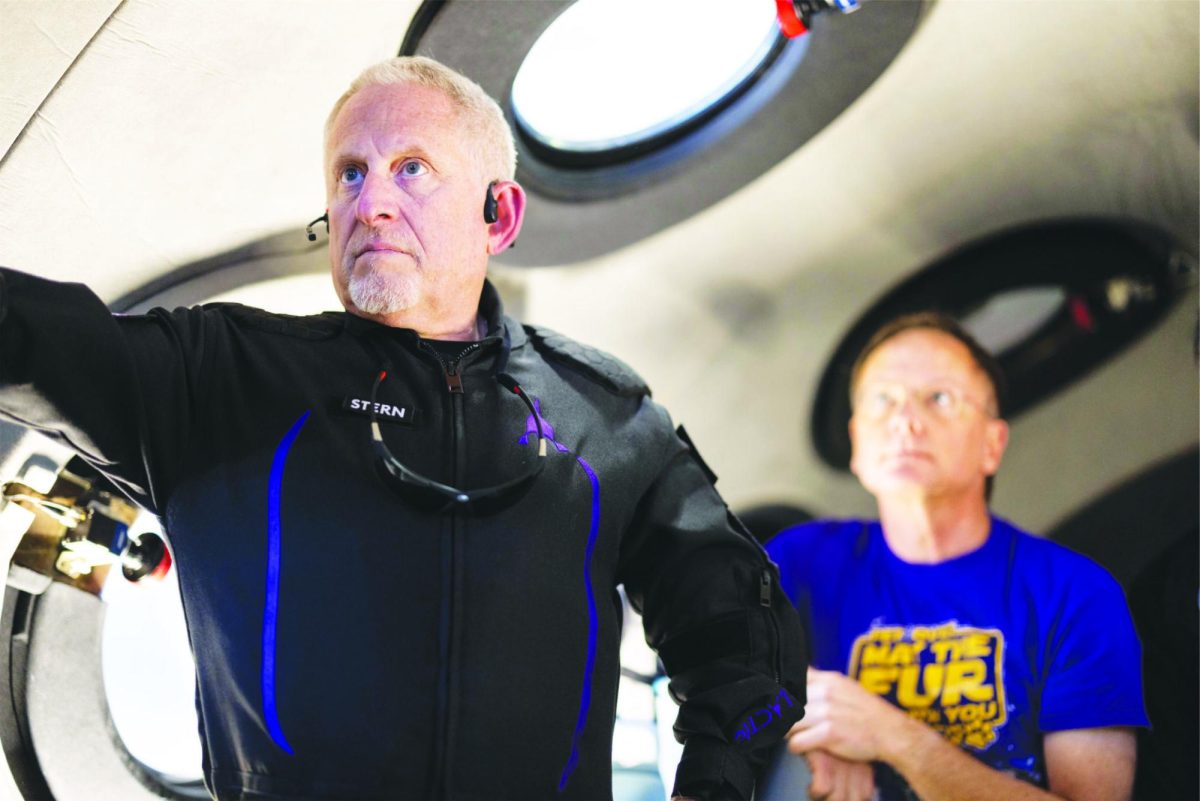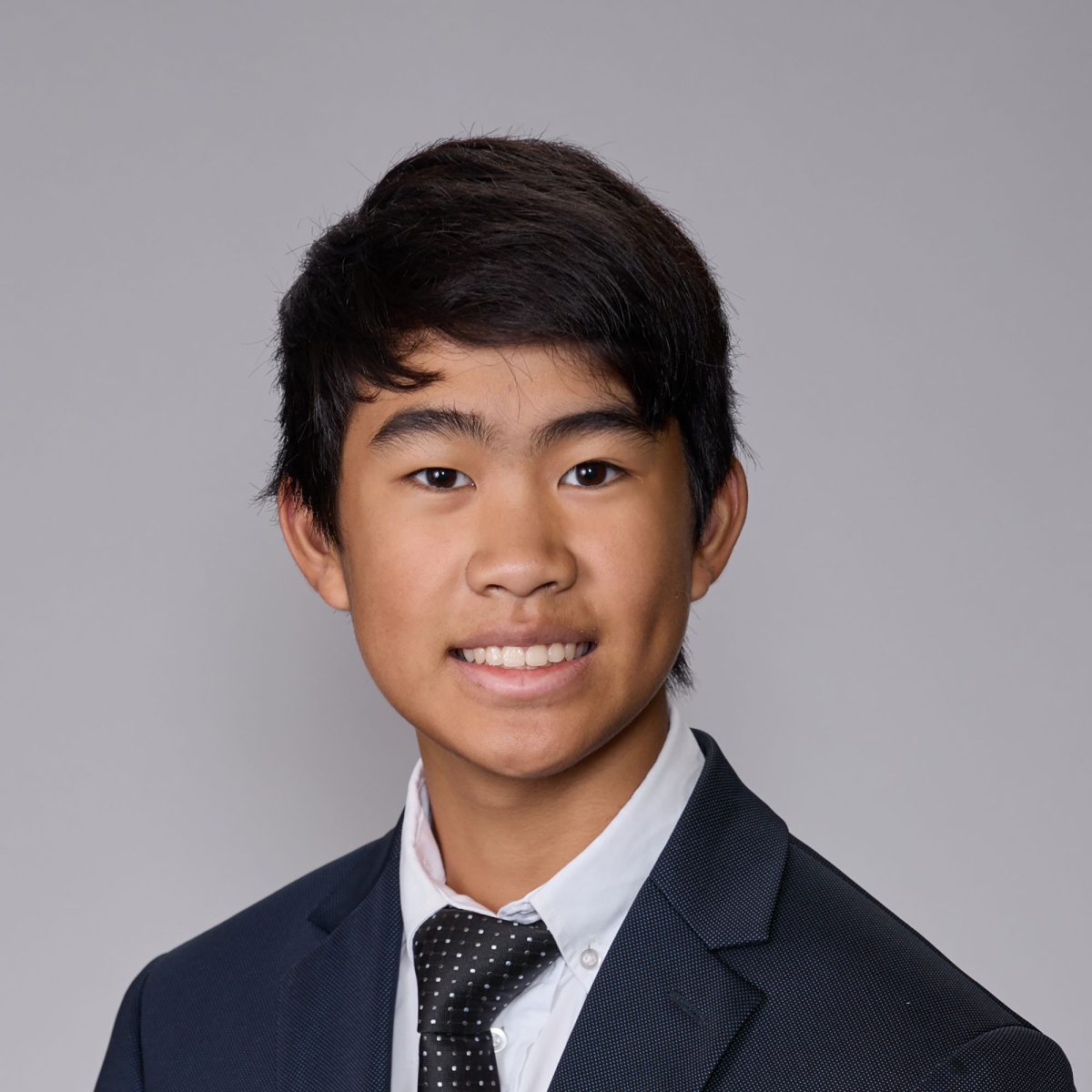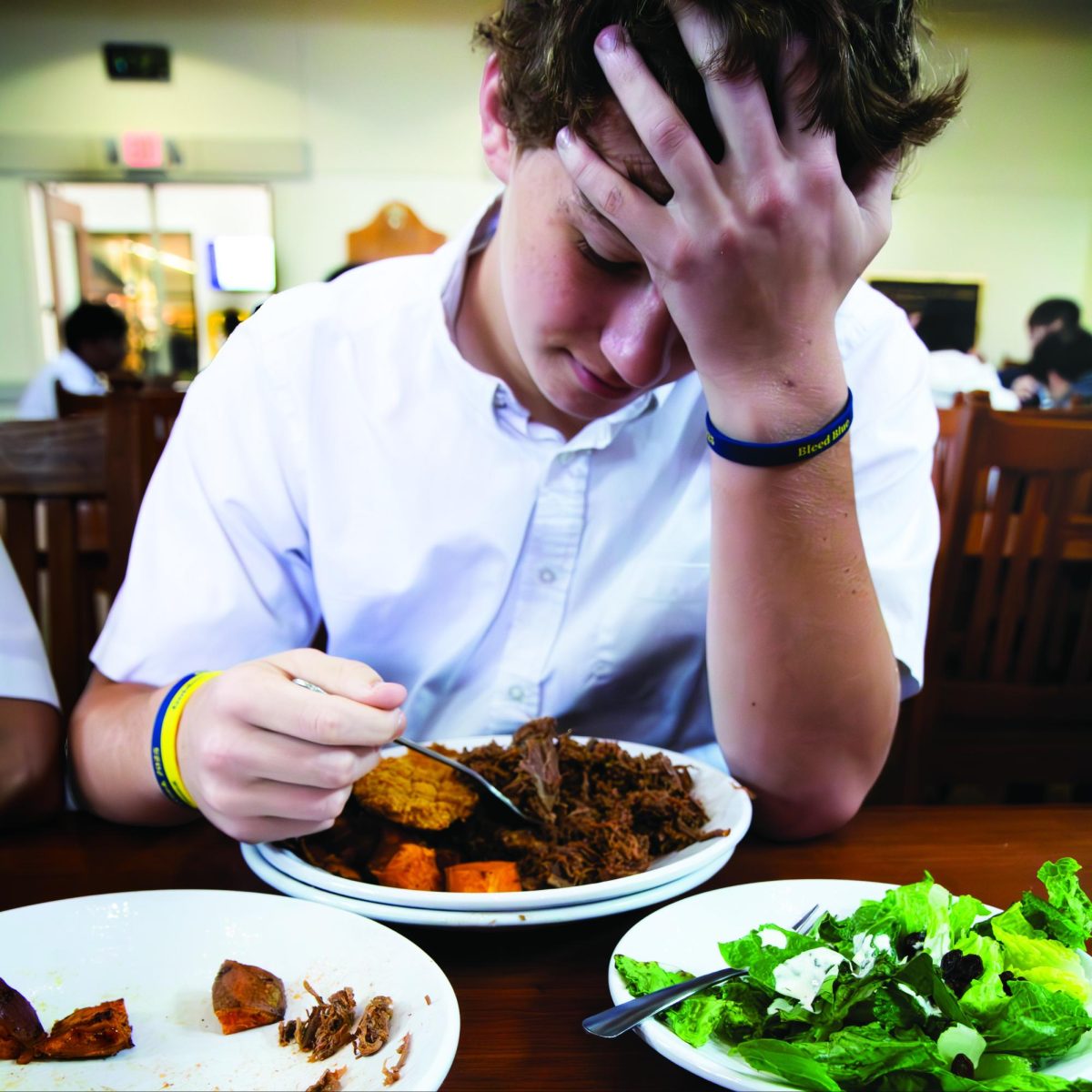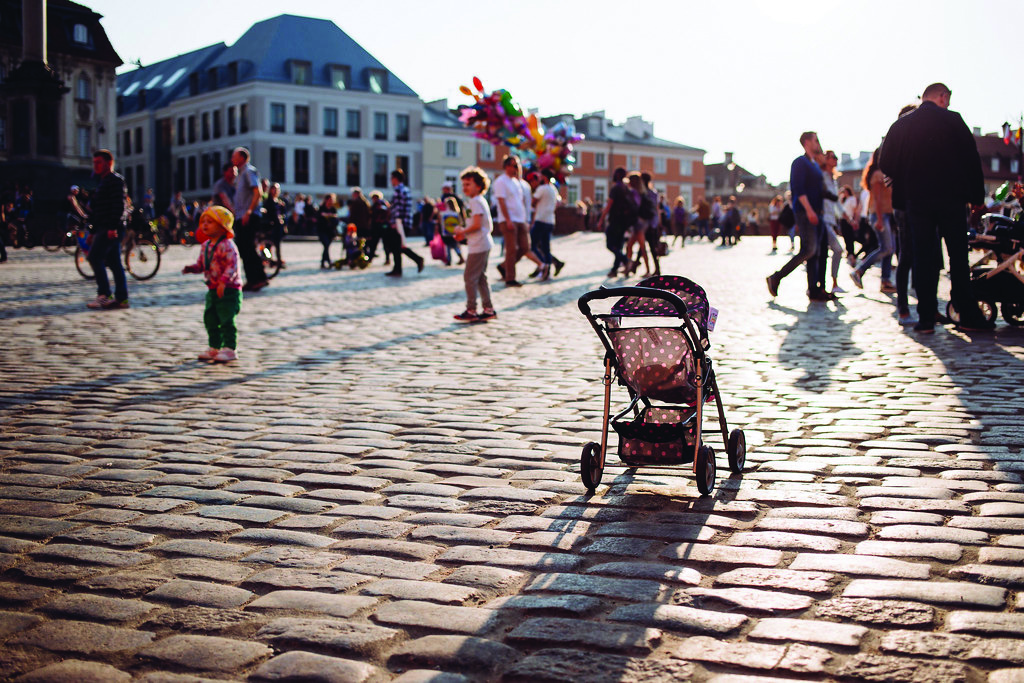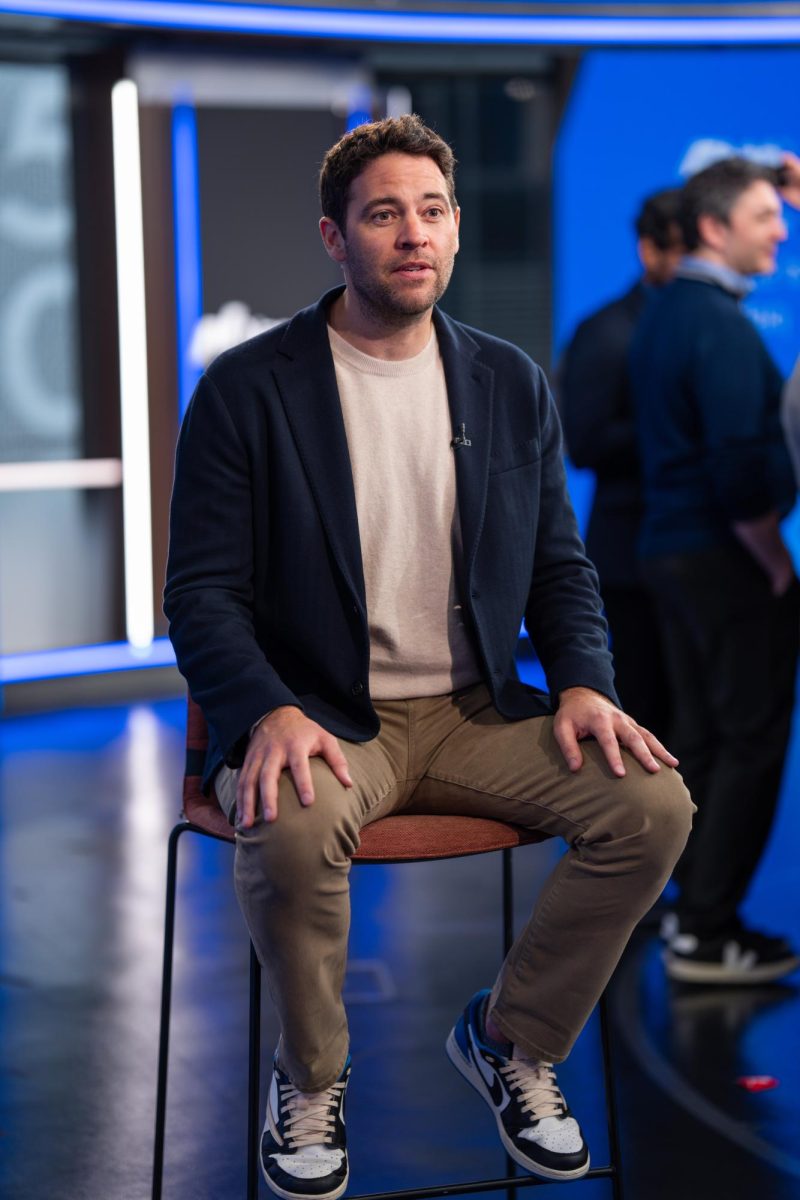The legacy of the school has reached altitudes of 29,032 feet above sea level — the apex of Mt. Everest, the highest point on the planet.
It’s explored the Mariana trench: the deepest point on Earth.
It’s traveled the world with thousands of alumni.
And this past November, Dr. Alan Stern ‘75 packed the St. Mark’s insignia in the pocket of his astronaut suit to the final frontier — outer space.
Stern wanted to travel among the stars as soon as he learned about them — even before he came to the school. He considers the school to be instrumental in his career’s success.
“I give St. Mark’s a lot of credit,” Stern said. “It wasn’t just an education. It made me the man I am, and, of course, it taught me to be very competitive. That was all I needed to get from where I was to where I am now.”
Getting the opportunity to explore space is ridiculously competitive. Just breaking past the Earth’s atmosphere is a project worth millions of dollars. The program that Stern and 20,000 others applied to was looking for 12 people to do both.
“In the old days, if you didn’t get selected by NASA, there was no way to go to space,” Stern said. “I got a lot of advice from the mentors and people who told me: ‘You probably won’t be able to do this.’”
The odds were against him, no matter how prepared he was. Stern made it to the top 100 out of 20,000 applicants. He passed all the medicals and the psychological tests with flying colors — but, didn’t get the job.
He was disappointed; his dream was within arms-reach, and he was right there. Stern was trying to find his way into spaceflight, but he needed to change gears.
“You’ve got to make a living, and you can’t make a living as an astronaut — if you’re not an astronaut,” Stern said.
Stern found a way to pursue the career he loved without giving up on exploring space. For the next thirty years after getting his PhD, Stern worked tirelessly as a planetary scientist until he could find the opportunity to go to space.
He published over 320 scientific papers. He served as NASA’s chief of all Space and Earth science programs, directing and managing the Science Mission Directorate’s annual budget of $5 billion.
And finally, his opportunity arrived.
Stern was appointed by NASA to do astronomical research on a suborbital space flight in late 2024. To prepare, he did a trial run in Nov. 2023, going to space for the first time in his life.
“I carried a mockup of the equipment, and we were practicing the timing and the techniques to do the NASA flight,” Stern said.
He had two main goals during the hour-long flight. The first was easy: Stern had to wear sensor units attached to gloves to record how his vitals changed in space. The second goal was significantly more challenging. Within the span of an hour, Stern had nine flight objectives to accomplish, but he enjoyed the challenge.
“Not accomplishing seven out of nine (objectives) or eight out of nine, but rather nine out of nine made the trip really enjoyable,” Stern said.
He was so preoccupied that he hardly got over 30 seconds in total to look outside and appreciate the view, but it wasn’t his priority — he was there to work. And the last thing Stern wanted to do was fail.
“There are a lot of elements that make it possible to fall short of your objectives,” Stern said. I didn’t want that to reflect on me, personally, and I didn’t want to reflect upon my employer and people who had confidence in choosing me to fly as opposed to someone else.”
With millions of dollars and high expectations put into this project, Stern found himself confident in his abilities and his preparation.
“We trained pretty hard for it, and we got everything done.” Stern said. “It really wasn’t that hard, but that’s because I was really focused on it. We did a lot of training. We took it very seriously, and when it came showtime, we were ready to go.”
While most people fear stepping out of their comfort zone, the thought of competition only makes Stern strive for more. Stern believes he was born with the drive to take risks, “like people are born left-handed.” And going to space has the ultimate, imminent risk: death.
“You have to be straight with your loved ones and your friends about the fact that it’s not an unreasonable risk,” Stern said. “New frontiers are risky. You just have to be careful to measure the risk and be realistic, not naive.”
Despite the skepticism and odds, Stern fulfilled one of his lifelong dreams. And he’s still eager for what lies ahead in his career.
“I didn’t think there was anything that held a candle to the purpose as a scientist or engineer,” Stern said. “That’s all I ever really wanted to do. Fortunately, it all worked out.”

